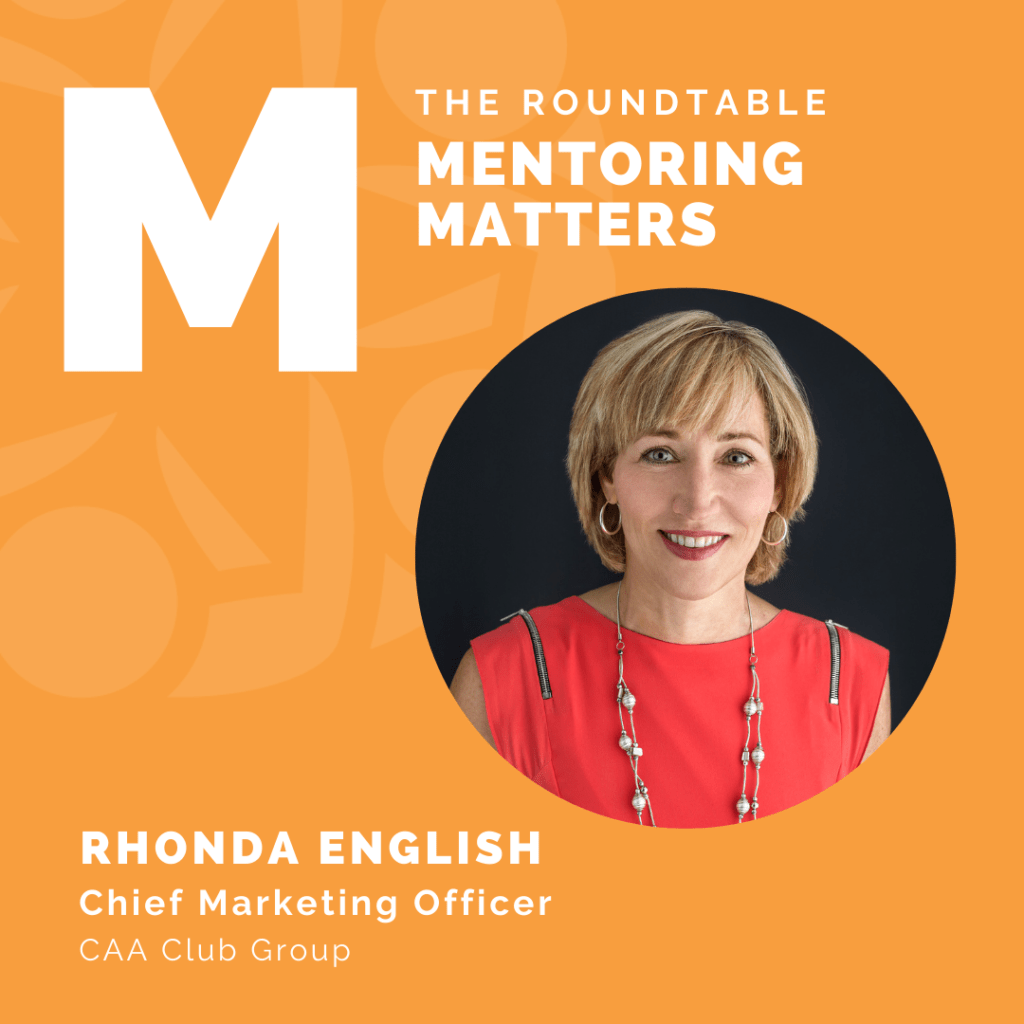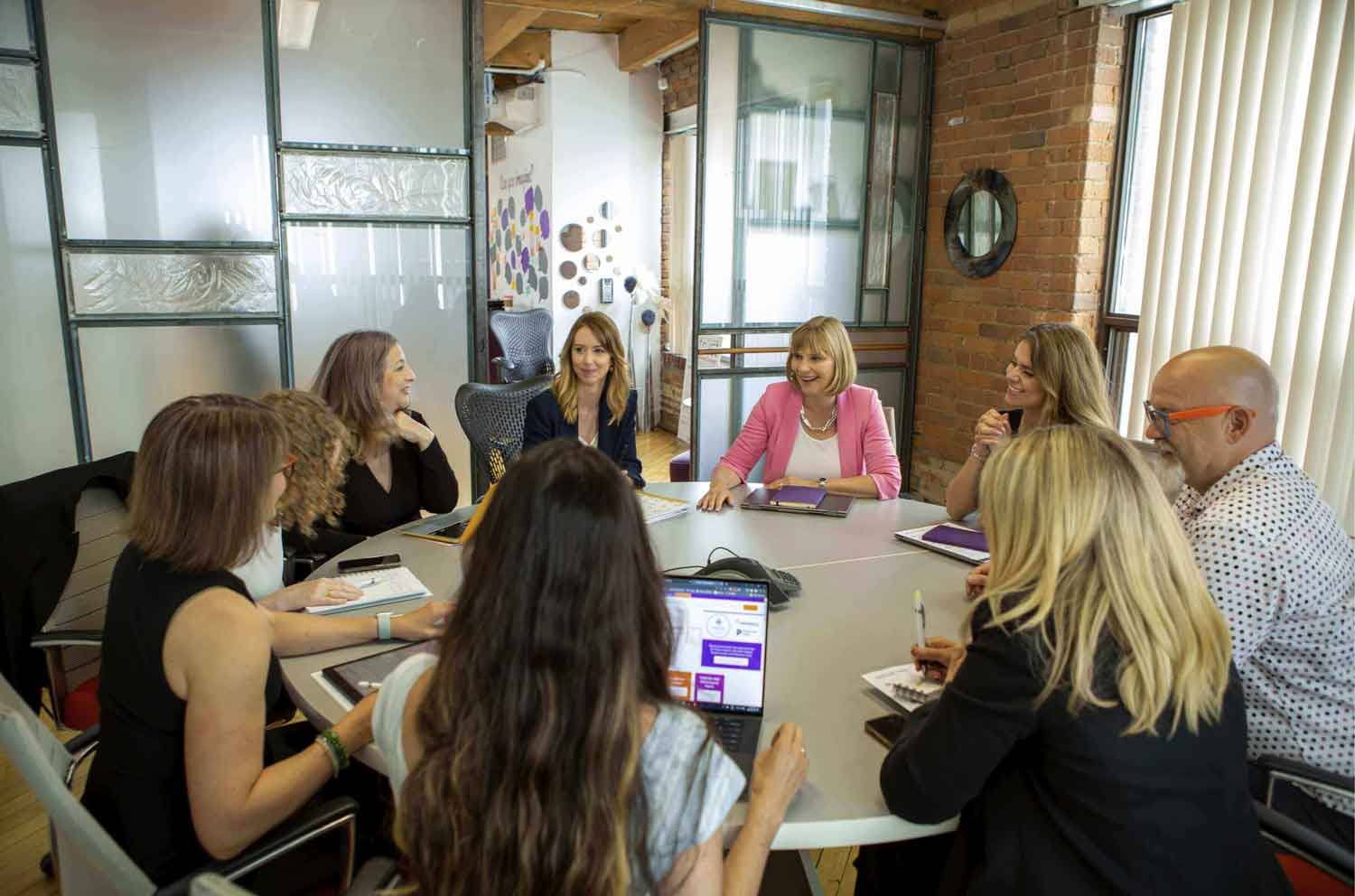Roundtable Member, Rhonda English, Chief Marketing Officer at CAA Club Group, shares strategies for bringing teams together and improving collective performance. You can also download the PDF of this post to read later.
Q: I’ve recently taken over a new division with an expanded mandate and a really big growth target. I’ve noticed that my new team members are slow to deliver results and members of my original team are starting to complain about their new colleagues. What can I do to bring them together and increase our collective performance?
Rhonda’s Point of View
First of all, congratulations on your increased responsibility! This is a great learning opportunity for both you and your team members. Building trusting relationships among the teams will take time but can be helped along by a number of actions on your part.
Understand the Existing Culture
As the leader, it is important for you to understand the existing culture of your new team:
- What have the expected behaviours and acceptable practices been before?
- How motivated is the team?
- Do they feel ‘safe’ within the new structure?
- How does this compare to the culture you have established within your original team?
If there are gaps, you will need to begin setting expectations for team culture and performance and supporting those expectations with recognition of demonstrated actions and behaviours.
Get to Know Your People
Something I started doing many years ago when I took over a new division was to set up individual one-on-one meetings with my new team. I spent a half hour or so with each of my ‘non’ direct reports, getting to know them a little better: their career background, their family life, hobbies, interests, pets, aspirations. Over the years as my role has expanded and my teams have grown, I have kept this practice up, taking time to meet with all new hires. I get the opportunity to show I care and that I am invested in each team member and they feel valued and appreciated.
Have a Shared Purpose
Most importantly, your teams need to have a shared purpose – one that everyone clearly understands and can see how they individually, and through the broader team, contribute to achieving. Establishing this shared purpose can be done through various exercises involving the collective group. Once defined, the shared purpose needs to be kept visible and referred to frequently to keep it top of mind for everyone.
Bring Teams Together
Look for opportunities for the original team and the new team to share certain responsibilities, or come together to participate in planning or brainstorming sessions. Interaction and communication are key to bringing the teams together, building empathy and cooperation.
Something I use with my teams is a “Sharing Meeting,” a monthly half hour informal, stand-up gathering (which has now become a Zoom meeting) where we share things like new initiatives or successes or lessons learned, introducing new hires, birthdays for the month, work anniversaries, training certificates achieved, etc. I finish each meeting by sharing a quote. I have been using Don’t Sweat the Small Stuff….and It’s All Small Stuff where I find many great reminders about keeping things in perspective, remaining calm and being mindful of other people’s realities.
Bringing everyone together helps increase awareness of each other and what is happening within the teams. This has become even more important in work from home situations where we don’t have the opportunity to see what others are working on firsthand or casually bump into colleagues to chat in the coffee room.
Plan Events
Team building activities are a great way to bring different groups together and there are many ideas available out there. One I find particularly useful in helping people feel connected, even within an established team, is what we call our “Get to Know” program. Every couple of months, different people within the team plan fun events that help everyone learn more about their colleagues. This can include fun unknown facts, aspirational questions, favourite things, or personal accomplishments.
People from your two teams can be paired up to plan the events together as it doesn’t require work-related knowledge. The events are always creative and entertaining … and often have an element of friendly competition. When the teams are actually involved in the planning, there tends to be much more overall engagement by both the planners and the participants.
Build a Brand
A final thought centres around the “team brand.” When the timing is right, you may want to introduce the concept of internal branding to the collective team. For example, what is the perception they want the rest of the organization to have of them? When others in the organization think of them, what characteristics, traits and behaviours do they want to come to mind? The team can then brainstorm about what actions and activities will help lead to that desired branding outcome – another exercise to bring everyone together.
The reality is that it takes time for people to form relationships and for high performing, results-driven teams to become established. Having a shared purpose and shared values sets the foundation, while regular interaction and open communication should encourage cooperation and collaboration. Lead by example, give recognition often, try new things when something isn’t working, find ways to make this a shared accountability within your teams. And, enjoy the journey!
Meet Rhonda English
Rhonda English has been at CAA Club Group for 17 years, joining as Vice President of Insurance where she oversaw the Property & Casualty insurance company, until taking on the role of Vice President Corporate Marketing in 2010 and Chief Marketing Officer in 2016.
Rhonda spent seven years as a volunteer Board Member at the Markham Stouffville Hospital Foundation and retired as Past Chair of the Foundation in 2019. She now sits on the Markham Stouffville Hospital Board, Chairing the Quality & Safety Committee and recently joined the Advisory Counsel for Hope Air. She is a Certified Management Accountant and obtained her Honors Bachelor of Arts in Business Administration and her MBA from the Ivey Business School at the University of Western Ontario.




